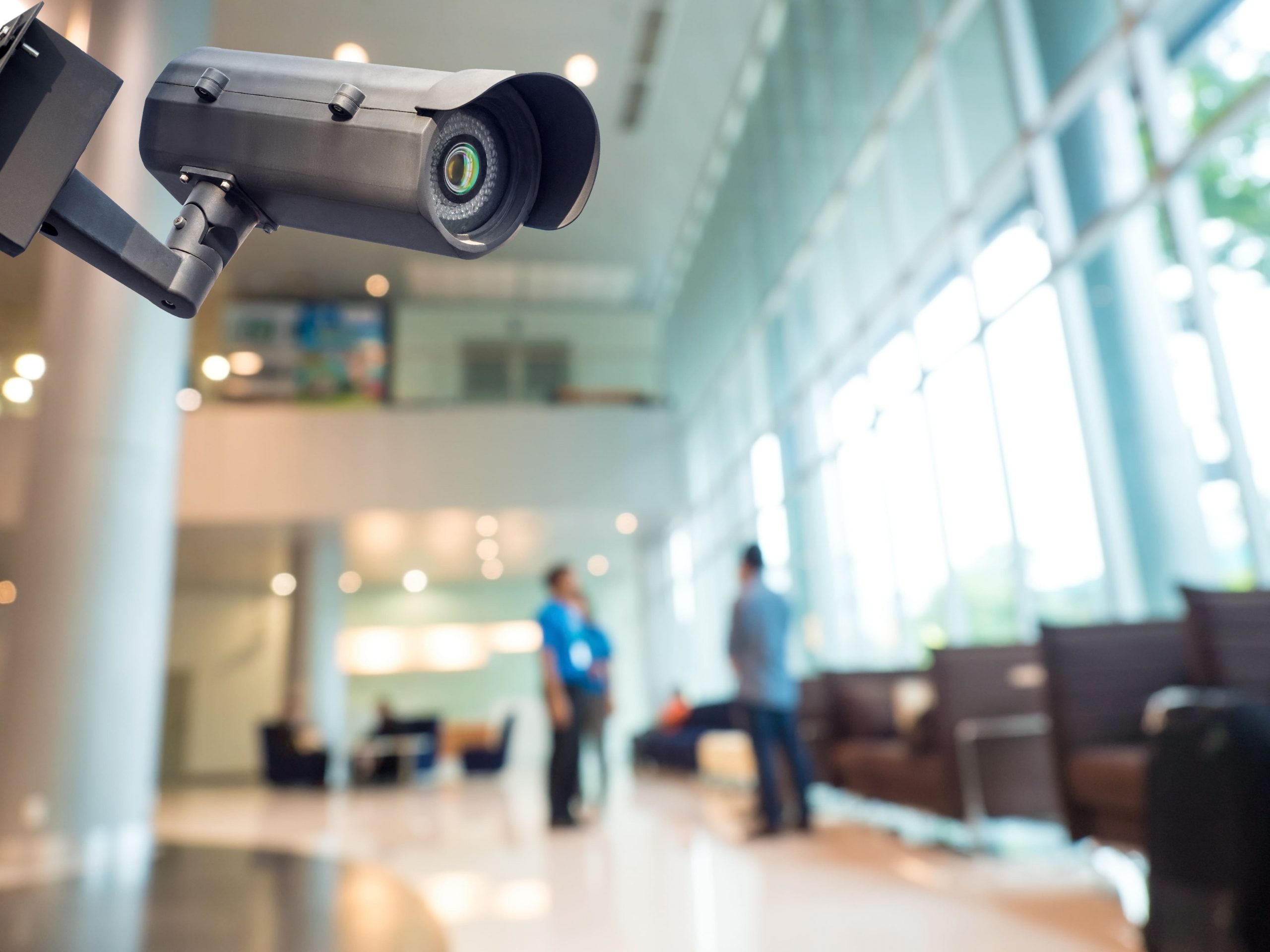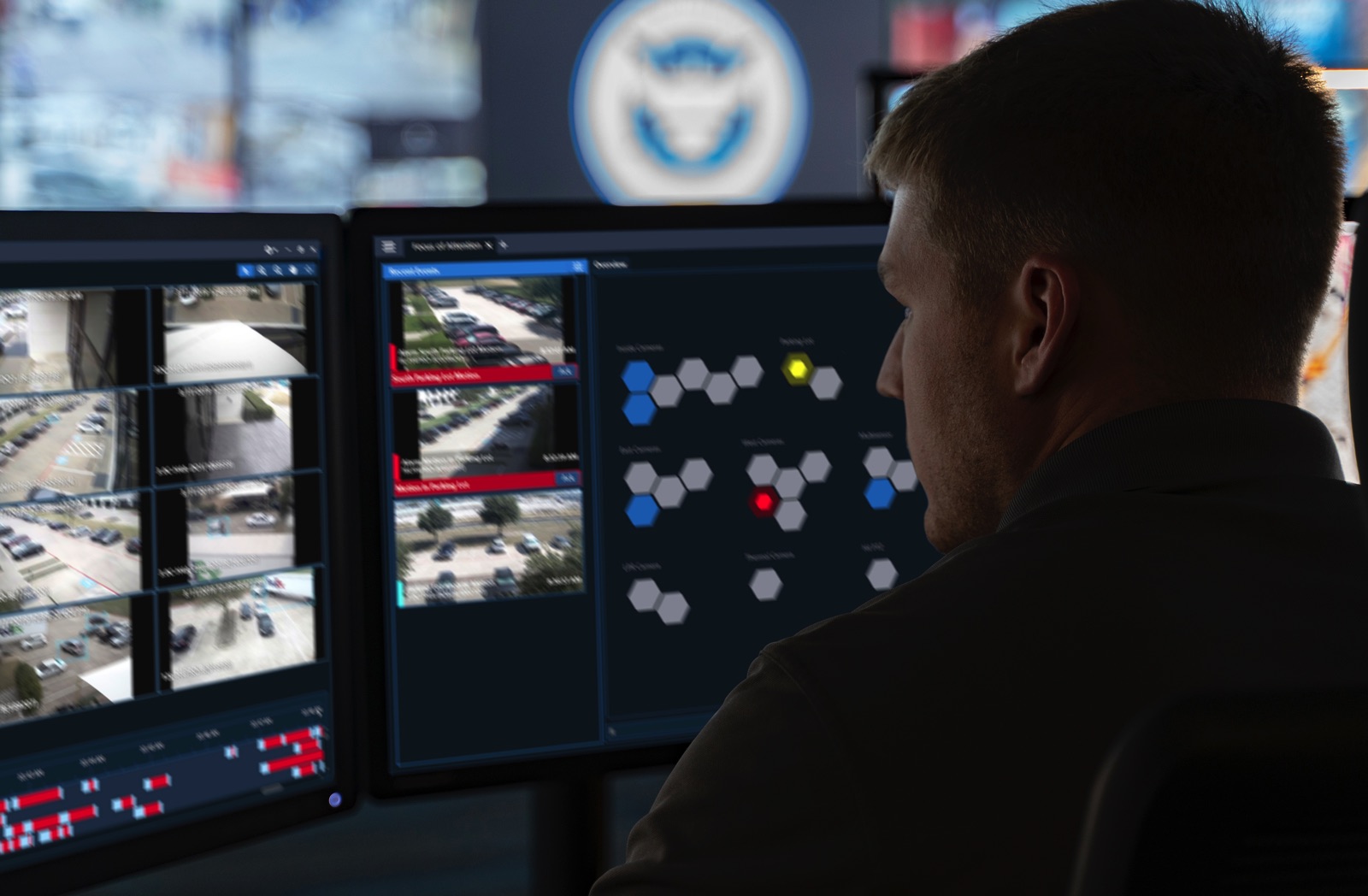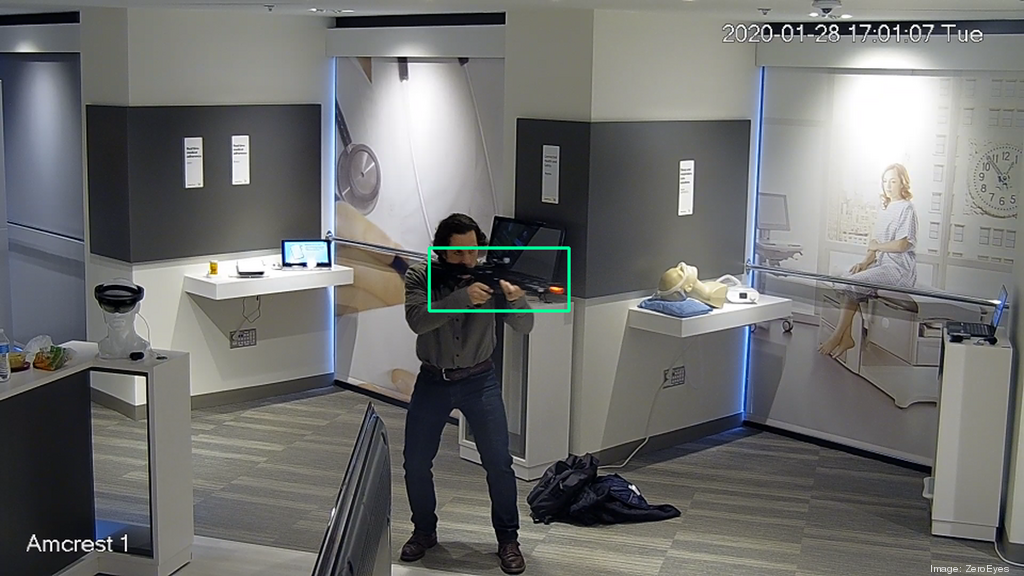Your Security System Could be a Ticking Time Bomb You Have to Upgrade 4G LTE — If You Don’t, Your System Won’t Work
Going. Going. Gone. They call it the “3G Sunset.”
AT&T, Verizon and other carriers have announced the shutdown or sunset of their 3G wireless networks to free up bandwidth for faster LTE and 5G signals — and the process has already begun.
What does it mean for your systems?
Today, security systems live as the crossroads of safety and people management — and most systems run off cellular networks installed with a 3G compatible GSM (Global System for Mobile Communication) communicator that enables a range of basic functions to the most advanced remote surveillance, access control and life safety integrations.
Once 3G networks are completely shut down, any alarm panel or integrated system that isn’t 4G LTE-enabled or hasn’t been converted will no longer be able to communicate. While many outdated systems might function locally, the central control will not receive data if signals are sent by cellular-only in the event of an emergency or temporary outages caused by harsh weather, service disruption or a clever intruder. So, the central station will not know to trigger alarms, call authorities, or send help.
Tentative Dates Set by Carriers:
• Verizon: 3G sunset scheduled end of 2022
• AT&T: 3G sunset scheduled for early 2022
• T-Mobile/Sprint: 3G sunset scheduled for start of 2022
Although wireless carriers set specific dates for 3G termination, there is no guarantee that services will be fully available until the sunset. In fact, it is standard practice for carriers to reduce coverage during transition periods.
To be fair, network providers are not shutting off bandwidth and access points like switching off a light. It starts slowly, as the provider begins to allow the technology to degrade over time. What organizations (and even residents with home security systems) will experience is that parts of a service area will begin to go down or service becomes much slower. Unfortunately, there is no published timeline for where and when service declines take place.
Years ago, for example, AT&T stopped certifying new 3G parts, and by 2018 it stopped letting customers add systems utilizing 3G radios to their channels. The last actual sunset was in 2016, when 2G communication switched to 3G and many security providers simply waited until systems failed to communicate before upgrading equipment.
There is no need to panic just yet, but waiting can be a costly measure that can have a dramatic impact on business and operation.
Sentry Security is offering complimentary security system assessments to evaluate current hardware and will conduct updates at no-cost.
The cellular communicator on the security system can be replaced to operate on the new networks, which can be as simple as changing a microchip.
In most cases, you will not need to replace the system. 3G security systems can upgrade their cellular communicator to a faster, more reliable LTE model — and it preserves the original system without interruption in coverage from the 3G sunset.
LTE ensures a faster network with more broadband, which equates to faster Over-the-Air (OTA) programming and updating, and extended life without the need to dispatch technicians.
These networks establish a foundation for how smart devices interact with integrated security systems, enabling more real-time push alert notifications, and other new and timely information. Users will also experience faster control response and faster streaming of CCTV video.
It’s ideal to plan for the longest window to make this change to ensure minimal disruption and peace of mind.









